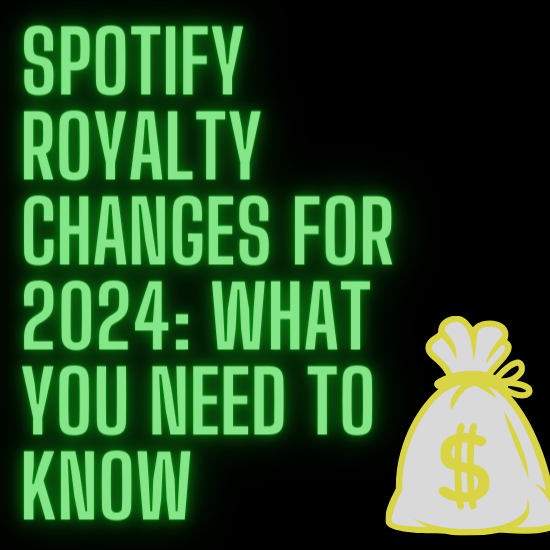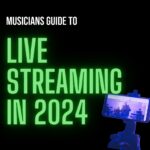Just when you thought you knew what to expect from Spotify, they’ve changed the rules. If you haven’t yet heard, Spotify has changed their royalty rules for the new year, and in case you haven’t been weeding through their terms and service, we’re going to break it down for you.
THE TLDR;
Here’s the short version, and then we’ll break it down for you.
Historically Spotify has payed artists based on total plays for their songs. Now, they’re switching to a system where only tracks surpassing a threshold of annual streams will generate royalties. On top of that, they’re cracking down on fraudulent practices and putting some harsh restrictions on noise tracks.
So what does this mean for the indie artist?
Artists will have to hit 1,000 annual streams in order to qualify for royalty payment
First, Spotify is introducing a minimum stream threshold of around 1,000 streams per year to earn royalties. While this won’t be a problem for a lot of artists, for those just starting out it could pose a challenge. This is especially true for less popular tracks for indie artists. At .0003 to .0005 per stream, songs under 1,000 plays would only be losing about fifty cents on the high end. Even still, the move is jarring, if only for the principal of it and how it affects indie artists.
In addition, non-music noise tracks will have to be at least two minutes long in order to qualify for royalties, and each play will count for one-fifth of a music track’s stream.
Spotify is cracking down on streaming fraud
Next, the platform is taking measures against streaming fraud by implementing anti-fraud technology to detect and penalize activities like bots, fake plays, and so on. This is a good thing! It’ll help temper some of the more nefarious sides of the platform while helping with fairness in royalty distribution. Labels and distributors found to have 90% or more of its streams as fraudulent will be charged 10 euros.
So what does this mean for the indie artist?
What does all this mean for the independent artist and music diversity as a whole? Understandably, it’s caused some initial concern with artists who might struggle to hit that 1,000 annual streams, and the fear is that it could exacerbate existing disparities and make it harder for indie artists to not just thrive, but truly survive.
Billboard cites that this new royalty model will affect more than two-thirds of its song catalog. Tens of millions of songs will fall below that 1,000 stream threshold. According to Billboard, this policy will shift about 0.5% of Spotify’s royalty pool to more popular tracks, which would be equal to about $46 million royalties in 2022 out of $9.27 billion paid in total. So, not pocket change!
What can I do?
While we love Spotify and see playlists as a piece of the puzzle for indie artists growing their careers, we’ve always said it’s not the whole picture, and this new change only serves to solidify that. In the meantime, continue working on your overall Spotify strategy, as well as your fan-building strategy. Your fans will always be your biggest advocates and the ones to truly make your career, so staying focused on them and growing that relationship will always serve you best!
Want marketing tips? Download our Music Marketing Check Sheet to learn the strategies, hacks, and platforms we use daily right here at Cyber PR to execute multiple successful music marketing campaigns for independent artists just like you every day.












